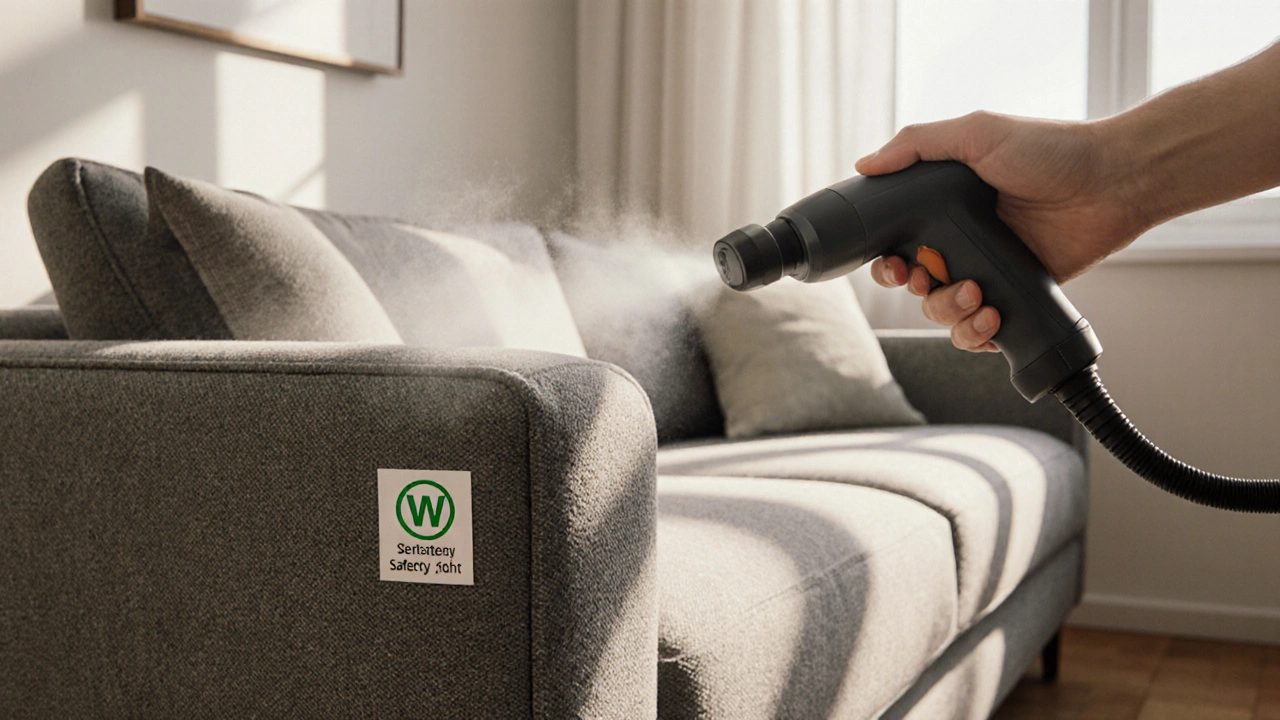Couch Cleaning Tips: Keep Your Sofa Fresh and Last Longer
When tackling Couch cleaning, the process of removing dirt, stains, and odors from couch upholstery. Also known as sofa cleaning, it blends everyday upkeep with occasional deep‑clean sessions.
First, understand that Upholstery covers the fabric or leather on furniture and easily traps spills, dust, and skin cells (furniture covering) is the main battlefield. Couch cleaning tips start with a quick vacuum to pull loose debris; this simple step prevents grit from grinding into fibers during later cleaning. Next, consider the cleaning philosophy you follow. Eco‑friendly cleaning uses biodegradable, non‑toxic products that protect both your health and the environment (green cleaning) influences every choice, from the spray you mist to the cloth you wipe with. When a spill appears, act fast with a DIY cleaning solution a home‑made mix of ingredients like white vinegar, baking soda, or hydrogen peroxide that tackles stains without harsh chemicals (homemade cleaners).
Key Areas to Master
Understanding the link between these entities helps you build a reliable routine. Couch cleaning encompasses upholstery care, meaning you must know the fabric type—cotton, linen, microfiber, or leather—because each reacts differently to moisture and solvents. Eco‑friendly cleaning influences couch cleaning by reducing chemical exposure, so opting for a vinegar‑water blend (1 part white vinegar to 3 parts water) can break down grime while leaving a faint fresh scent. DIY cleaning solutions enable effective stain removal on upholstery; for example, a paste of baking soda and water lifts oil‑based stains, while a dab of hydrogen peroxide brightens set‑in discoloration on light fabrics. When a stubborn spot persists, you might need a deeper approach. A gentle steam cleaner can loosen embedded particles without soaking the cushion, and a soft-bristle brush can agitate the fibers without tearing them. Always test any mixture on a hidden seam first—this simple precaution prevents unwanted color loss. For leather couches, skip water altogether; instead, use a dab of olive oil mixed with a few drops of lemon juice to condition the surface and fade minor scuffs. Beyond the couch itself, the surrounding environment matters. Regularly wash removable cushion covers according to the manufacturer’s instructions; most can endure a warm wash cycle with mild detergent. Keep pets’ claws trimmed and use throws to shield high‑traffic areas. These habits lower the frequency of full‑scale cleanings, saving time and effort. If your schedule is tight or you prefer a hands‑off approach, professional cleaning services can fill the gaps. They bring industrial‑grade equipment, know the exact solvents for each fabric, and often offer protective treatments that extend the sofa’s life. Think of them as a complement to your DIY arsenal—use them after a season of heavy use or when deep odors linger despite home attempts. Finally, equip yourself with the right tools. A high‑quality vacuum with an upholstery attachment, microfiber cloths, a soft-bristled brush, and a spray bottle are all you need for routine care. Pair these with the eco‑friendly, DIY mixes described earlier, and you’ve got a complete, cost‑effective system. With these concepts in mind, you’re ready to jump into the collection below. Explore specific guides on stain‑fighting recipes, fabric‑friendly techniques, and when to call in the pros—each article builds on the foundation laid here, giving you actionable steps to keep your couch looking and smelling fresh year after year.

Can You Safely Steam Clean a Couch? Complete Guide
Learn if you can safely steam clean a couch, how to test fabrics, step‑by‑step instructions, common pitfalls and maintenance tips for fresh upholstery.
Read More